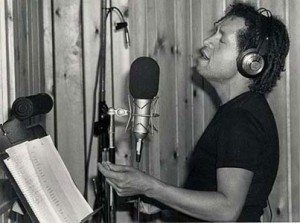
New York City-born and bred, Garland Jeffreys and his music have always represented the vibrant multiculturalism that’s always reverberated through his hometown. Save making his first recording appearance fronting Grinder’s Switch, a Band-influenced outfit that only yielded a 1970 self-titled collection before breaking up, Jeffreys has been a solo artist with a penchant for working with top-flight collaborators. A one-off deal with Atlantic Records resulted in 1973’s Garland Jeffreys, a ten-pack of songs featuring back-up by the likes of Dr. John and David Bromberg along with jazz artists Bernard Purdie and David “Fathead” Newman. It would not be until he signed with A&M Records that the Brooklyn native would crack the mainstream and make his name at a time when New York City was the playground for a number of urban singer-songwriters.
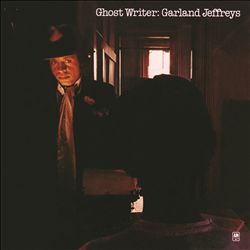
1. Ghost Writer (A&M) Jeffreys’ first album out of the gate with A&M set the tone for what he’d become known for—semi-autobiographical tales shaped by life growing up as a multiracial kid in New York City. The reggae-soaked “I May Not Be Your Kind” was the first of many songs he’d later pen addressing race. Other standouts include the Big Apple mash note “New York City Skyline,” the rock steady title cut and “Wild in the Street,” a paean to youthful rebellion.
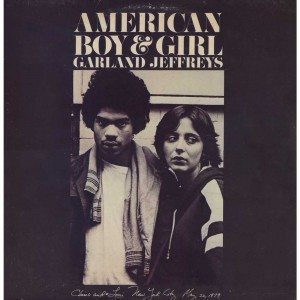 2. American Boy & Girl (A&M) Jettisoning the pricey session musicians who played on his 1978 Ghost Writer follow-up One-Eyed Jack, Jeffreys took his touring band into the studio in 1979 to record these tales of despair faced by urban youth struggling to survive. Along with stories about the desperate (the stark “City Kids”) and the hopeful (a sunny “Ship of Fools”) is his breakthrough European hit (the loping “Matador”).
2. American Boy & Girl (A&M) Jettisoning the pricey session musicians who played on his 1978 Ghost Writer follow-up One-Eyed Jack, Jeffreys took his touring band into the studio in 1979 to record these tales of despair faced by urban youth struggling to survive. Along with stories about the desperate (the stark “City Kids”) and the hopeful (a sunny “Ship of Fools”) is his breakthrough European hit (the loping “Matador”).
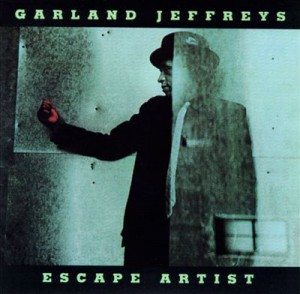 3. Escape Artist (Epic) This 1981 outing was the first the ex-A&M artist did for his new label. On it, he recruited members of Graham Parker’s Rumor (Steve Goulding) and buddy Springsteen’s E Street Band (Roy Bittan, Danny Federici) as well as fellow Syracuse alum Lou Reed, reggae legend Big Youth and New York Doll David Johansen. The resulting collection had a very Elvis Costello-flavored vibe to it and included gems like the New Wave-kissed “Modern Lovers,” the anthemic “R.O.C.K.” and a riff-heavy reading of “96 Tears” that was the closest Jeffreys came to having a radio hit.
3. Escape Artist (Epic) This 1981 outing was the first the ex-A&M artist did for his new label. On it, he recruited members of Graham Parker’s Rumor (Steve Goulding) and buddy Springsteen’s E Street Band (Roy Bittan, Danny Federici) as well as fellow Syracuse alum Lou Reed, reggae legend Big Youth and New York Doll David Johansen. The resulting collection had a very Elvis Costello-flavored vibe to it and included gems like the New Wave-kissed “Modern Lovers,” the anthemic “R.O.C.K.” and a riff-heavy reading of “96 Tears” that was the closest Jeffreys came to having a radio hit.
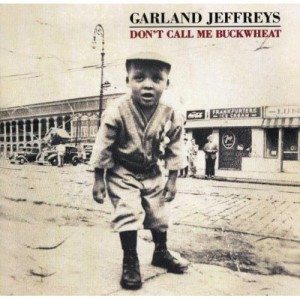 4. Don’t Call Me Buckwheat (RCA) After a nine-year hiatus, Jeffreys hopped to his fourth major label and emerged in 1991 with his most socially conscious work. Race is front and center as the biracial singer-songwriter addresses his Puerto Rican roots (a synth-soaked “Spanish Blood”), the racial complexities wrapped around the roots of rock (“Hail Hail Rock’n’Roll”) and a gospel-flavored workout that’s all about racial pride in the face of bigotry (the ridiculously catchy title cut).
4. Don’t Call Me Buckwheat (RCA) After a nine-year hiatus, Jeffreys hopped to his fourth major label and emerged in 1991 with his most socially conscious work. Race is front and center as the biracial singer-songwriter addresses his Puerto Rican roots (a synth-soaked “Spanish Blood”), the racial complexities wrapped around the roots of rock (“Hail Hail Rock’n’Roll”) and a gospel-flavored workout that’s all about racial pride in the face of bigotry (the ridiculously catchy title cut).
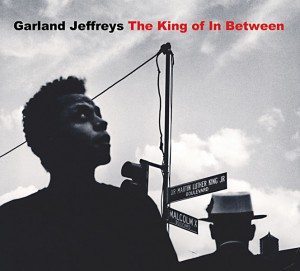 5. The King of In Between (Luna Park) The year 2011 found Jeffreys putting out his first domestically released project in two decades. Coproduced by Bob Dylan sideman Larry Campbell, these dozen songs find the prodigal son fiercely embracing his hometown throughout starting with the thumping opener “Coney Island” later reinforcing that love affair on the ska-flavored “Roller Coaster Town” only stopping long to name-check his heroes (“’Til John Lee Hooker Calls Me”) and emerge reinvigorated with a song that just my apply to the aftermath of this area’s round of catastrophic weather (“I’m Alive”).
5. The King of In Between (Luna Park) The year 2011 found Jeffreys putting out his first domestically released project in two decades. Coproduced by Bob Dylan sideman Larry Campbell, these dozen songs find the prodigal son fiercely embracing his hometown throughout starting with the thumping opener “Coney Island” later reinforcing that love affair on the ska-flavored “Roller Coaster Town” only stopping long to name-check his heroes (“’Til John Lee Hooker Calls Me”) and emerge reinvigorated with a song that just my apply to the aftermath of this area’s round of catastrophic weather (“I’m Alive”).
6. Truth Serum (Luna Park) The follow-up to 2011’s most excellent The King of In Between found the Brooklyn native continuing to cast his stylistic net wide. Here he goes from the opening title track being steeped in the loping blues and wailing harp of vintage Chicago blues, setting the table for his being a soothsayer throughout the remainder of this record, whether it’s the organ-fueled “Colorblind Lov0e” where he muses, “Colorblind love/It’s what I’ve been dreaming of/Fits like a hand in glove/Ain’t no dream like colorblind love” or the stripped-down “Revolution of the Mind,” which is reminiscent of his old buddy Bob Marley’s “Redemption Song.” Reggae (the chugging “Dragons to Slay”) and peace in a Bonnie Raitt-meets-Bruce Springsteen flavored gem (the organ-kissed shuffle “Any Rain”) are also some of the highlights. Most impressive is the thumping “Collide the Generations,” redolent with Hendrix-like riffing, a thunderous beat and Jeffreys calling out to daughter Savannah amid the cries of “Daddy’s little girl” and “crash the generation.” It all winds up being a gorgeous mosaic of music that shows the septuagenarian rocker still has plenty left to say in his golden years.


















